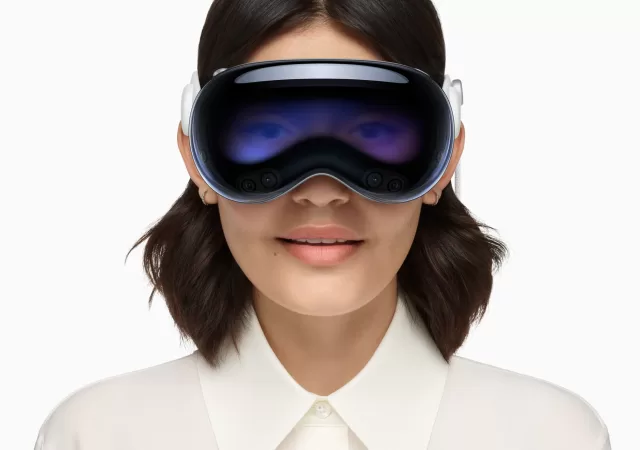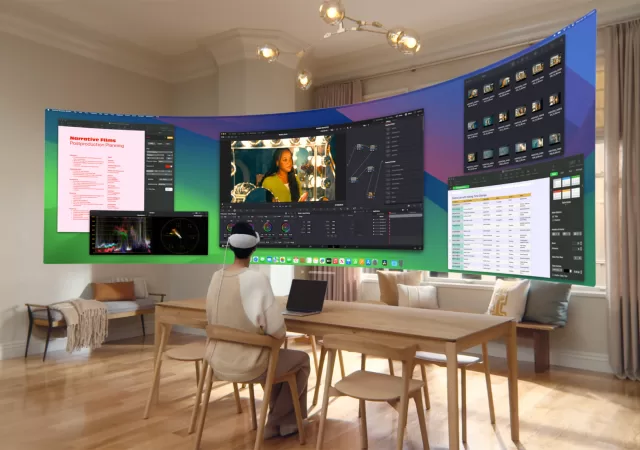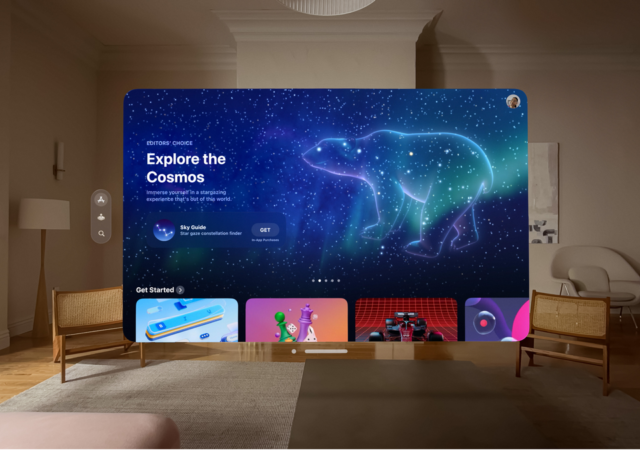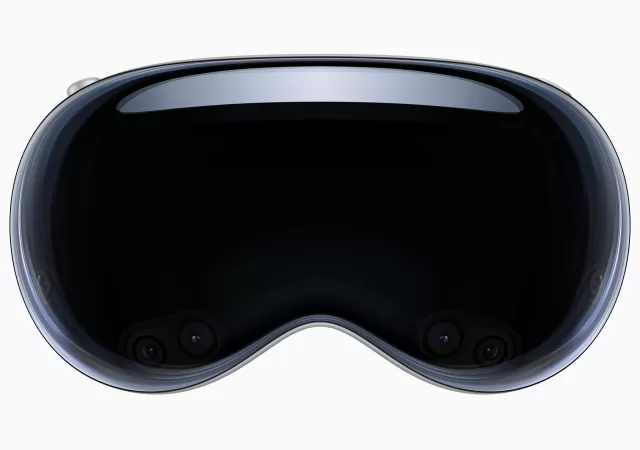Apple announces expanded availability for its popular Vision Pro augmented reality headset starting on June 28, 2024.
Apple Vision Pro Getting More Features with VisionOS 2
Apple reinvigorates the Apple Vision with visionOS 2 that brings improvements and new features that build on the headset’s successful launch.
Apple Vision Pro Will Seamlessly Integrate iPhone & iPad Apps
Apple’s upcoming Vision Pro will come with its own OS – visionOS – and it looks like it will seamlessly integrate apps from the iPhone and iPad.
[WWDC 2023] The Apple Vision Pro – The Apple Computer on Your Face
Apple introduces the Vision Pro, the first ever “spatial computing” experience in the world for a cool US$ 3,499.






